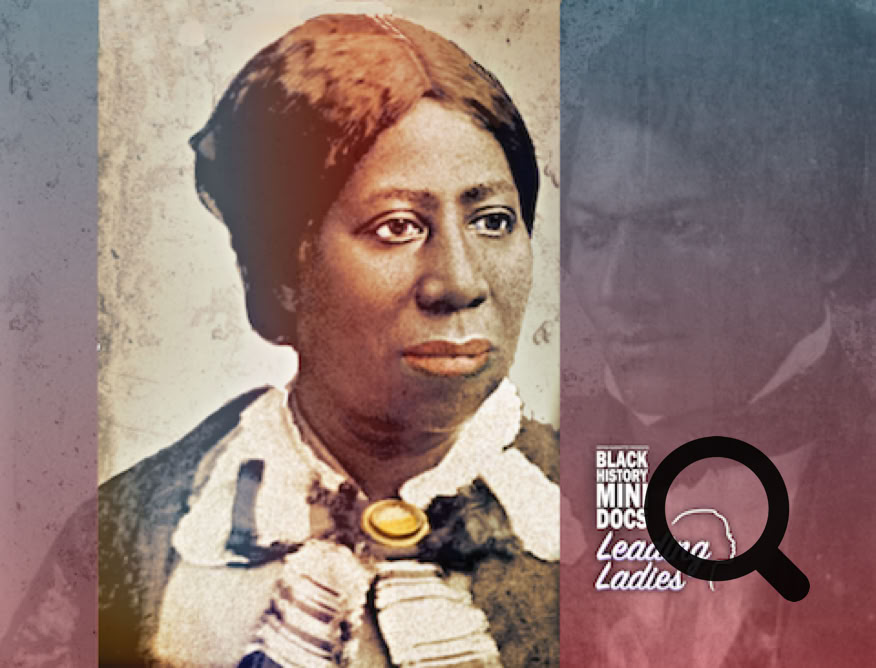
ANNA MURRAY DOUGLASS
Anna Murray-Douglass (October 19,1813 – August 4, 1882) was an American abolitionist, member of the Underground Railroad, and the first wife of American social reformer and statesman Frederick Douglass, from 1838 to her death.
Murray was born in Denton, Maryland, to Bambaraa and Mary Murray. Unlike her seven older brothers and sisters, who were born in slavery, Anna Murray and her younger four siblings were born free. A resourceful young woman, by the age of 17 she had established herself as a laundress and housekeeper. Her laundry work took her to the docks, where she met Frederick Douglass, who was then working as a caulker.
Murray's fiance Douglass believed in the possibility of his own freedom. When he decided to escape slavery in 1838, Murray encouraged him, and helped him by providing him with sailor's clothing, which her laundry work gave her access to, and also by giving him part of her savings, which she augmented by selling one of her feather beds. After Douglass had made his way to Philadelphia and New York, Murray followed him, bringing enough goods with her to be able to start a household, and they were married eleven days later, on 15 September 1838. At first they took Johnson as their name; upon moving to New Bedford, Massachusetts, and later they adopted Douglass as their married name.
Anna Murray-Douglass had five children within the first ten years of the marriage: Rosetta, Lewis, Frederick Jr., Charles and Annie. She helped support the family financially, working as a laundress and learning to make shoes, as Douglass's income from his speeches was sporadic and the family was struggling. She also took an active role in the Boston Female Anti-Slavery Society and prevailed upon her husband to train their sons as typesetters for his abolitionist newspaper, the North Star. After the family moved to Rochester, New York, she established a headquarters for the Underground Railroad from her home, providing food, board and clean linen for hundreds of fugitive slaves on their way to Canada.
Murray received little mention in Douglass's autobiographies; Henry Louis Gates has written that "Douglass had made his life story a sort of political diorama in which she had no role". His long absences from home, and her feeling that as a relatively uneducated woman she did not fit in with the social circles Douglass was now moving in, led to a degree of estrangement between them that was in marked contrast to their earlier closeness.
She nevertheless remained loyal to Douglass's public role; her daughter Rosetta reminded those who admired her father that his "was a story made possible by the unswerving loyalty of Anna Murray.
After the death of her youngest daughter Annie in 1860 at age 10, she was often in poor health; she died of a stroke on August 4, 1882 at the family home in Washington D.C. She was buried in Mount Hope Cemetery in Rochester; her husband, too, was buried there after his death.
Copyright Black History Mini Docs Inc. 2025 All Rights Reserved.

















